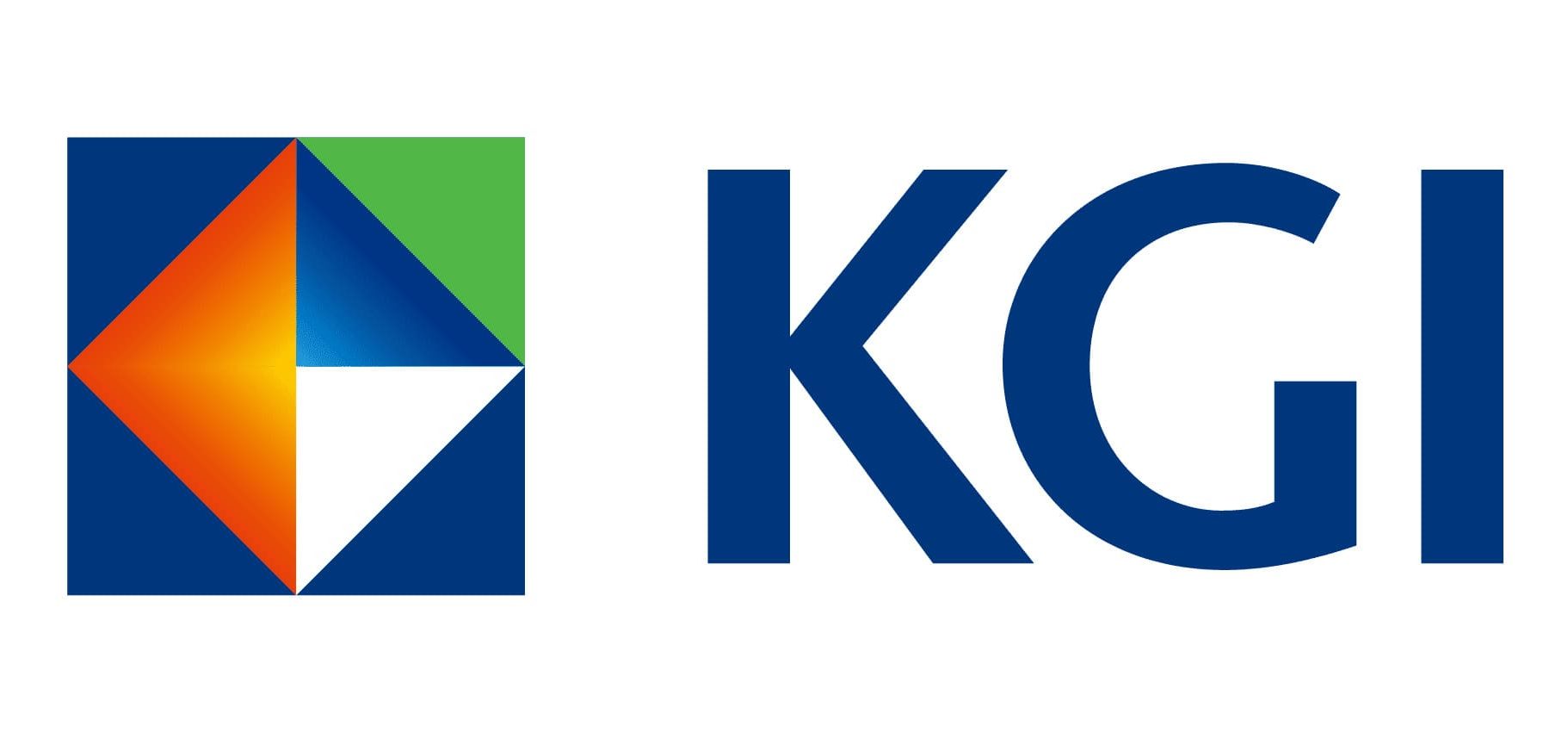Weekly Securities Newsletter: Implications of Section 899

Implications of Section 899
Chart of the Week:
Will U.S. Section 899 Escalate the Trade War into a Capital War?
What is Section 899? On May 22 this year, the U.S. House of Representatives passed the “One Big Beautiful Bill,” which includes Section 899, formally titled “Enhanced Remedies to Address Unfair Foreign Taxation.” This provision targets countries that impose unfair taxes on U.S. companies (such as the EU’s digital services tax on online platform revenues). It allows the U.S. to impose income and withholding taxes of up to 20% on any investments made in the U.S. by those governments, companies, or individuals. The tax rate will increase gradually: 5% in the first year, with an additional 5% each year thereafter, until it reaches the 20% cap.
Market Recap 1:
TACO Trades Leave Market Unshaken; U.S. Stocks Continue to Rise
TACO trading (Trump Always Chickens Out) has recently gained popularity on Wall Street, implying that Trump often backs down at the last minute. Although Trump issued an executive order doubling tariffs on steel and aluminum imports from 25% to 50%, it failed to derail the upward trend in U.S. equities—indicating that markets have largely discounted policy flip-flops from Trump. U.S. economic data came in weaker, with the May Services PMI falling to 49.9, below the prior reading of 51.6 and the expected 52. The Fed’s Beige Book also revealed signs of economic contraction. Still, U.S. stocks continued to rise this week, with the semiconductor-heavy Philadelphia Index rising 3.1%, the best performance. Meanwhile, Germany approved a EUR 46 billion corporate tax cut package to stimulate growth, boosting European equities and sending the DAX to a new record high.
Market Recap 2:
U.S. Economic Data Weakens; Interest Rates and the Dollar Decline
Trump’s erratic tariff policies have weighed on the U.S. economy, with signs of a labor market slowdown emerging. In May, key subcomponents of the U.S. Services PMI such as new orders, production, inventories, and backlogs experienced sharp declines. ADP employment data showed private payrolls rising by just 37,000 in May, well below April’s 60,000 and the 114,000 expected, marking the lowest level since March 2023. Initial jobless claims for the week reached 247,000, the highest in nearly eight months. The OECD recently lowered its U.S. GDP growth forecasts for both this year and next to 1.6% and 1.5%, respectively (down from 2.2% projected in March), citing the economic drag from tariff policy. The U.S. Dollar Index weakened, and the 10-year Treasury yield fell to 4.39%, pushing bond prices slightly higher.
What’s Trending:
Cooling Inflation Keeps ECB Dovish, Injecting Fresh Momentum into Business Operations
According to Eurostat data released on June 3, the preliminary estimate of Eurozone headline inflation for May is 1.9%, compared with 2.2% in April, primarily due to a sharp decline in service-sector inflation. In addition, the unemployment rate in the Eurozone fell from 6.3% in March to 6.2%, providing the ECB with greater flexibility to cut rates.
In Focus 1:
Rate Cuts Support Economic Recovery; Steepening Eurozone Yield Curve Boosts Lending Profitability for Financials
Following the U.S.–UK trade agreement, Trump has now turned his attention to Europe, threatening to impose a 50% tariff on July 9 if U.S.–EU negotiations fail. Europe has responded firmly, announcing a retaliatory list valued at nearly EUR 100 billion. However, market concerns over tariff risks have noticeably eased. With aggressive rate cuts and expanded fiscal spending, Europe’s financial conditions have become more accommodative, fueling an economic rebound from the trough. This is reflected in a rebound of the Eurozone Citi Economic Surprise Index in May and a significant improvement in the ZEW Eurozone Economic Sentiment Indicator. The recovery in economic outlook is driving up loan demand from both businesses and households.
In Focus 2:
European Financial Stocks Deliver Strong Earnings; Lead All Sectors in Share Buybacks
Financial stocks stood out among the first-quarter results reported by constituents of the STOXX Europe 600 Index, with 71.6% of companies in the sector surpassing analyst expectations on revenue and 75.4% exceeding EPS forecasts. This makes Financials the only sector among the 11 major industries where both revenue and EPS beats surpassed the 70% threshold, highlighting the sector’s solid fundamentals. Notably, within Q1 financial results, non-core income (trading revenue) was particularly strong, as market volatility driven by economic and trade uncertainty significantly boosted trading profits.



